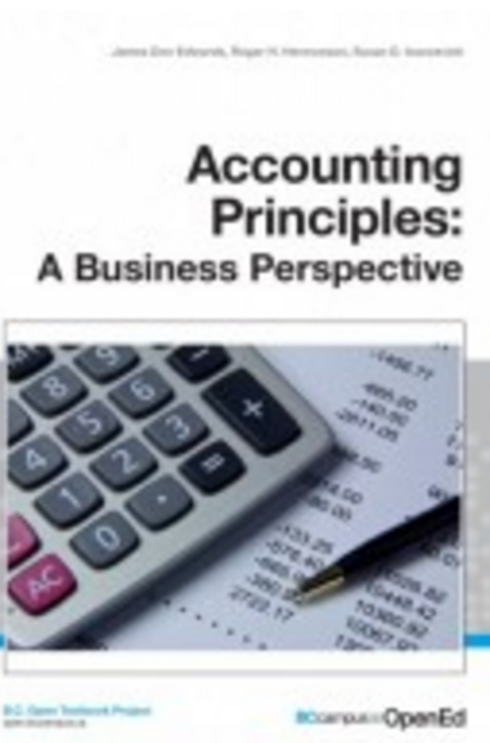
An introductory textbook in business that covers a variety of topics: The Foundation of Business, Economics and Business, Ethics and Social Responsibility, Business in a Global Environment, Forms of Business Ownership, Entrepreneurship: Starting a Business, Management and Leadership, Structuring Organizations, Operations Management, Motivating Employees, Management Human Resources, Union/Management Issues, Marketing: Providing Value, Accounting and Financial Information, and Personal Finances.
.jpg)
Principles of Marketing teaches the experience and process of actually doing marketing – not just the vocabulary. It carries five dominant themes throughout in order to expose students to marketing in today's environment:

For the time being, the Integrated TaxMap consists of a vision that tax professors have regarding the preparation of tax students for the entrance exams to the Professional Accounting Orders, more precisely, the Common Final Examination (CFE) for students seeking to obtain the CPA designation. From this common vision arises an integration plan (which includes a prior review) of taxation in the academic career of graduate-level university students.

Based on International Financial Reporting Standards, this textbook was written by David Annand, EdD, MBA, CPA, CA, a Professor of Accounting in the Faculty of Business at Athabasca University. To accompany the textbook are multiple ancillary resources, including a student solutions manual and workbook. The textbook and solutions manual are also available as a combined PDF file for onscreen viewing. The material is fully bookmarked, and questions are hyper-linked to related solutions. In addition, there are randomly-generated Excel problems at the end of each chapter that cover key concepts and provide unlimited practice and feedback. Instructor resources include an assignment and exam bank, and PowerPoint slides.

Accounting Principles: A Business Perspective uses annual reports of real companies to illustrate many of the accounting concepts in use in business today. You also need to be able to find information on the Internet, analyze various business situations, work effectively as a member of a team, and communicate your ideas clearly. This text was developed to help you develop these skills.

This open textbook was designed for students studying business or marketing at an undergraduate level. It draws on the fields of marketing, business, communications, media studies, psychology, sociology, and anthropology. The book invites readers to examine the internal forces that shape consumer decision making, such as perceptions, motivations, personality, and attitudes as well as the external ones, such as social and situational influences, culture, and subcultures.
Always follow the terms of use/Creative Commons licence requirements associated with a work.
 Fundamentals of Business
by
Stephen J. Skripak (Adapted by)
Fundamentals of Business
by
Stephen J. Skripak (Adapted by)
 Global Marketing In a Digital World
by
Manuel, Lina
Global Marketing In a Digital World
by
Manuel, Lina
 Introduction to Consumer Behaviour
by
Andrea Niosi
Introduction to Consumer Behaviour
by
Andrea Niosi
 Intro to Microsoft Office
by
Abigail Rusu; Andrea Long; Heather Maye; Jennifer Evans; and Amy Ledgerwood
Intro to Microsoft Office
by
Abigail Rusu; Andrea Long; Heather Maye; Jennifer Evans; and Amy Ledgerwood
